How to Freeze Pomegranate Seeds
Here’s how to freeze pomegranate seeds so none goes to waste. Learn how to easily open, de-seed, and freeze fresh pomegranate seeds. Use them later in smoothies, salads, or drinks.
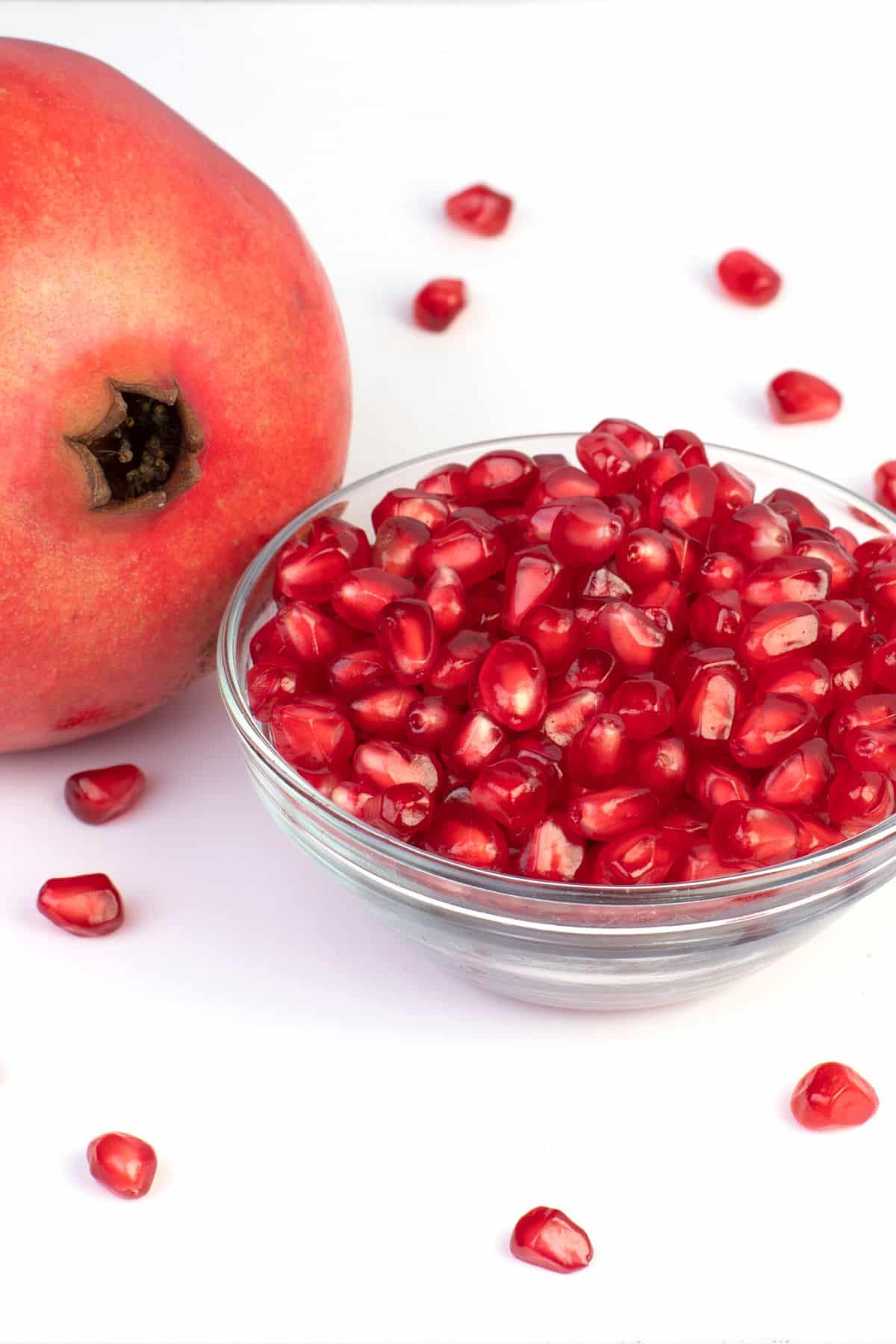
There is nothing quite like the tangy pop of flavor of pomegranate seeds (also called pomegranate arils). The pomegranate is an ancient and versatile fruit with a unique and exotic flavor from the Middle East. The pomegranate fruit has a gorgeous red color on the inside.
You can use pomegranate seeds in many savory or sweet dishes. I love pomegranate seeds on a salad or added to this virgin sangria mocktail; it gives the drink an extra tang. And, of course, frozen pomegranate seeds are awesome in my Pomegranate Mocktail.
Pomegranate seeds are not only yummy, they are also packed with nutrients. They are rich in antioxidants, fiber, fatty acids, magnesium, and vitamin E. It means they can help keep your digestive health on track and help balance the body’s estrogen production naturally.
Pomegranates also contain compounds that help reduce inflammation and oxidative damage. They are literally brain food!
But there’s good news and bad news about pomegranates.
The bad news is that whole pomegranates can be a bit expensive. So, if they’re on offer in the produce section, it’s a great idea to stock up.
The good news is that they last for around a month in the refrigerator, and if you still haven’t worked your way through them by then, they freeze exceptionally well.
Very little changes about pomegranate seeds when they’re frozen. The arils become a little softer, but the flavor stays the same or even intensifies. They’re worth freezing and I’ll show you the easiest way!
See my related guide on can apple cider be frozen.
Why You Need This Recipe
- You can eat frozen pomegranate seeds straight from the freezer. They’re very refreshing and taste like tiny smoothie bites.
- Fresh pomegranates are not available year-round because they have a short growing pomegranate season. If you freeze enough of them, you’ll have a supply on hand for the rest of the year.
- Frozen pomegranate seeds are just as nutritious as fresh ones. Add the frozen seeds to smoothies, salads, or even muffins or cookies.
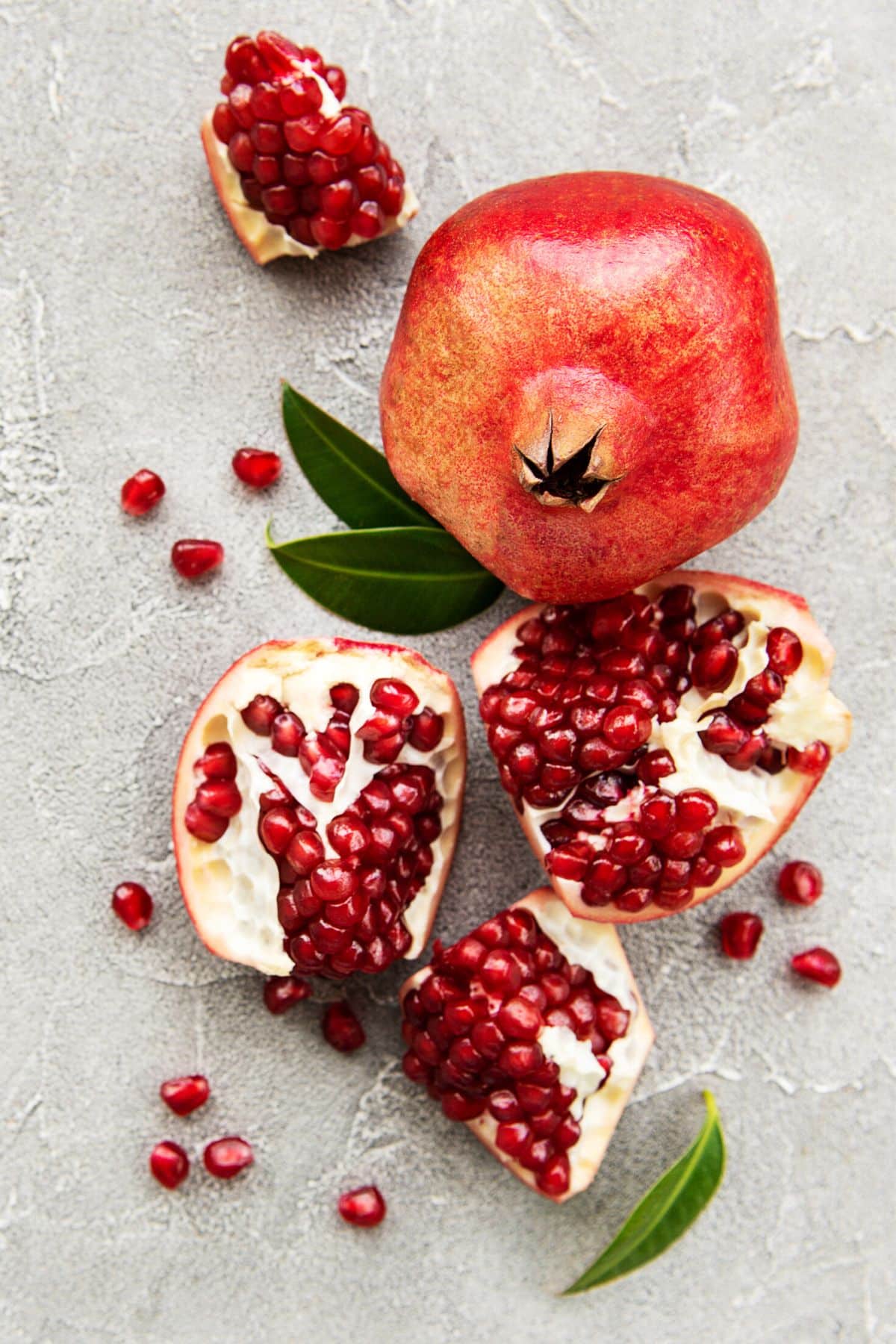
What You’ll Need to Make This Recipe
It’s so simple to freeze pomegranate seeds, and you won’t need fancy equipment. All it takes is some basic kitchen tools.
A Knife
Anyone who loves spending time in the kitchen will have a favorite knife or two. For this recipe, you won’t need any special knife. It must just be sharp enough to cut through the pomegranate skin.
A Baking Tray
You’ll need a large baking tray to flash-freeze your pomegranate seeds because you have to spread them out in a single layer.
If you don’t have a large baking sheet, you could use any flat surface with sides. You’re good to go as long as it fits into your freezer! You can even use an ice cube tray.
Wax Paper
Parchment paper will do just fine if you don’t have wax paper. You use the paper to cover the baking tray so you can easily remove the pomegranate seeds once you’ve flash-frozen them. In a pinch, you could even use aluminum foil.
Freezer-Friendly Bags
You can fit more frozen produce into your freezer with freezer-friendly bags such as a ziplock bag or any type of plastic bag or resealable freezer bag. But if you don’t have any at home, any airtight container will also work.
An Apron
When you prepare your pomegranates, it could get messy! Pomegranate juice can stain clothing, so don’t wear anything you don’t want to mess up. Put an apron on or change into an old t-shirt.
An Old Kitchen Cloth
Because pomegranate juice can stain, it’s usually best to protect your kitchen counter with a clean, old cloth that you don’t mind staining. You can also use a clean paper towel.
Paper Towels
Before you freeze the pomegranate seeds, you should dry them thoroughly. It’s easiest to do that with paper towels. If you don’t use paper towels or don’t have any, you can air dry the seeds or use an old kitchen towel.
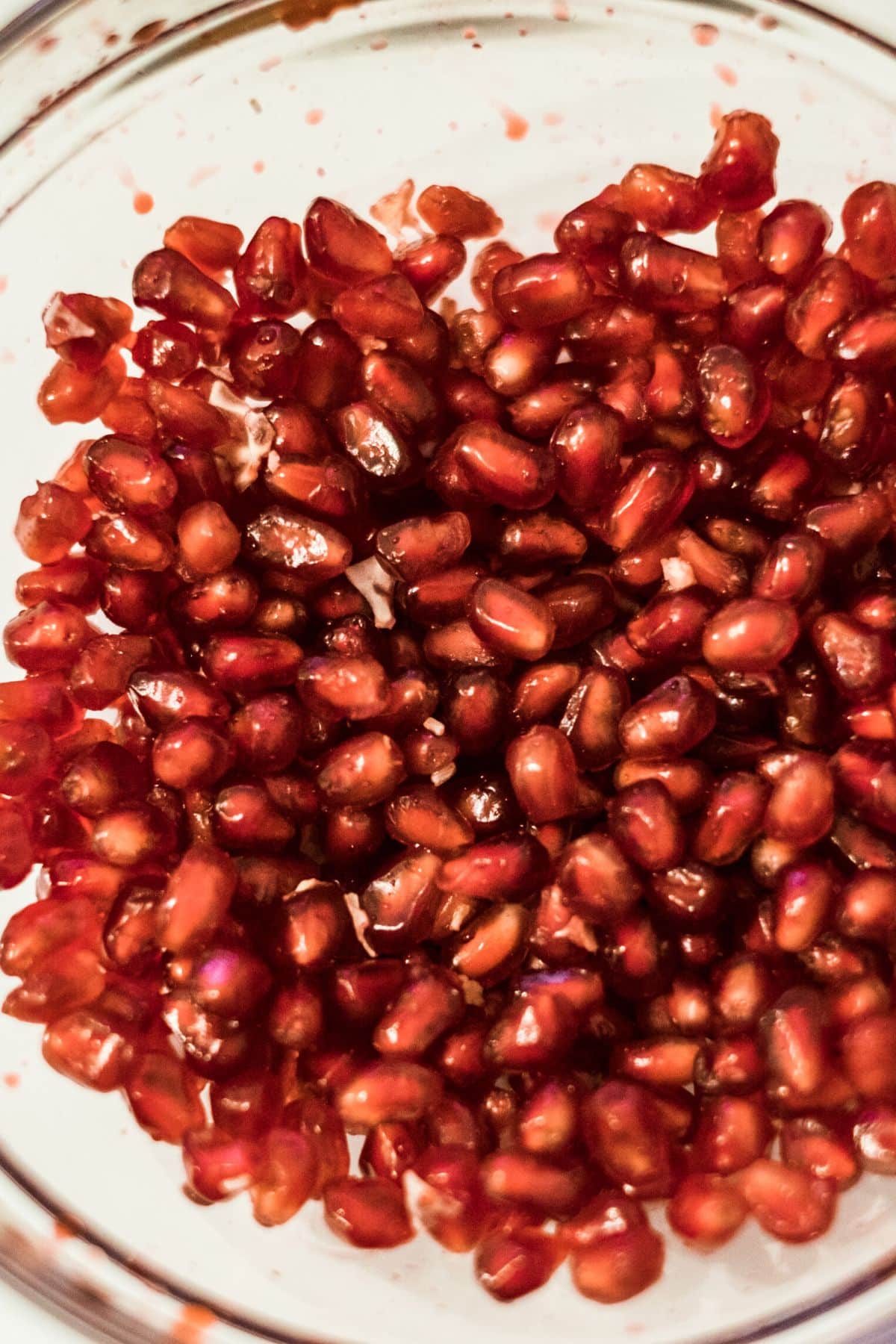
Ingredients and Substitutes
All you need for this recipe are fresh pomegranates. It’s best to harvest the pomegranate seeds and freeze them when the fruit is ripe and ready to eat so you can lock in that sweet and tart taste at its best.
Pomegranates
Choose pomegranates that are heavy for their size and not perfectly round. If the fruit feels heavier than it looks, it will contain the juiciest seeds – perfect for freezing! Pomegranates that have an angular shape are usually riper than their round counterparts.
Another giveaway is smooth, firm skin that’s not too hard and has a deep, rich color. You should be able to scratch it, but it shouldn’t be squishy. Pomegranates with very hard skins are probably not ripe yet.
Recipe Steps
Before you can freeze your pomegranate seeds, you’ll have to open the fresh fruits and remove the seeds.
Step One
Cover your kitchen counter with an old kitchen cloth to protect it from pomegranate juice stains. Roll the pomegranate around on the countertop with the flat of your hand to loosen the seeds.
Use a cutting board and a sharp knife to cut off the top of the pomegranate.
Score the fruit down either side and gently rip it in half, so you don’t damage any seeds. Cut it if it’s too difficult to tear, but watch out for the seeds.
Step Two
Fill a bowl with cold water. Place the pomegranate halves in the water and let them soak for 2 minutes. You’ll notice white bits or white membrane called pith floating up to the surface.
Turn each half over and give it a few firm whacks with the back of a wooden spoon to dislodge the seeds. Scoop the pith off the top of the water and take the whole arils out of the water.
Step Three
Next, dry the pomegranate seeds thoroughly with paper towels or a clean kitchen cloth.
Line a baking tray with the wax paper or parchment paper and place the seeds in a single layer, ensuring they don’t touch.
Step Four
Freeze the pomegranate seeds for at least 2 hours, or up to 24 hours. Gather the seeds and place them in a freezer-friendly bag, ensuring you let out as much air as possible.
Store the frozen pomegranate seeds in the freezer for up to 4 months.
Recipe Tips & Substitutions
- When you’re ready to use your frozen pomegranate seeds, they should defrost pretty quickly. Or, use them from frozen in smoothies, sorbets, and juices.
- One pomegranate will yield between 1 ½ – 2 cups of seeds, depending on the size of the fruit.
Recipe FAQs
Pomegranate seeds keep for up to 4-6 months in the freezer. It’s just enough time to make sure you have some ready when the craving hits and they’re out of season.
In cooking and baking, and in making smoothies and juices. Pair pomegranate with meat like lamb for an exotic twist or in rice or quinoa dishes. Use them to keep your cocktails cool or as colorful garnishes. One of my favorite ways to use these tasty treats is to eat them just like that from the freezer – it’s a healthy, tart, and tasty snack!
Yes, you can! Frozen pomegranate seeds will be a little mushier than fresh ones, but they’ll be just as tasty and nutritious.
If you freeze your seeds correctly and eat them within six months, they should be okay. But what if you didn’t label the bag and forgot when you froze them? Don’t worry! It’s easy to see if pomegranate seeds have gone bad. They’ll have an odor that’s off or be slimy and slippery.
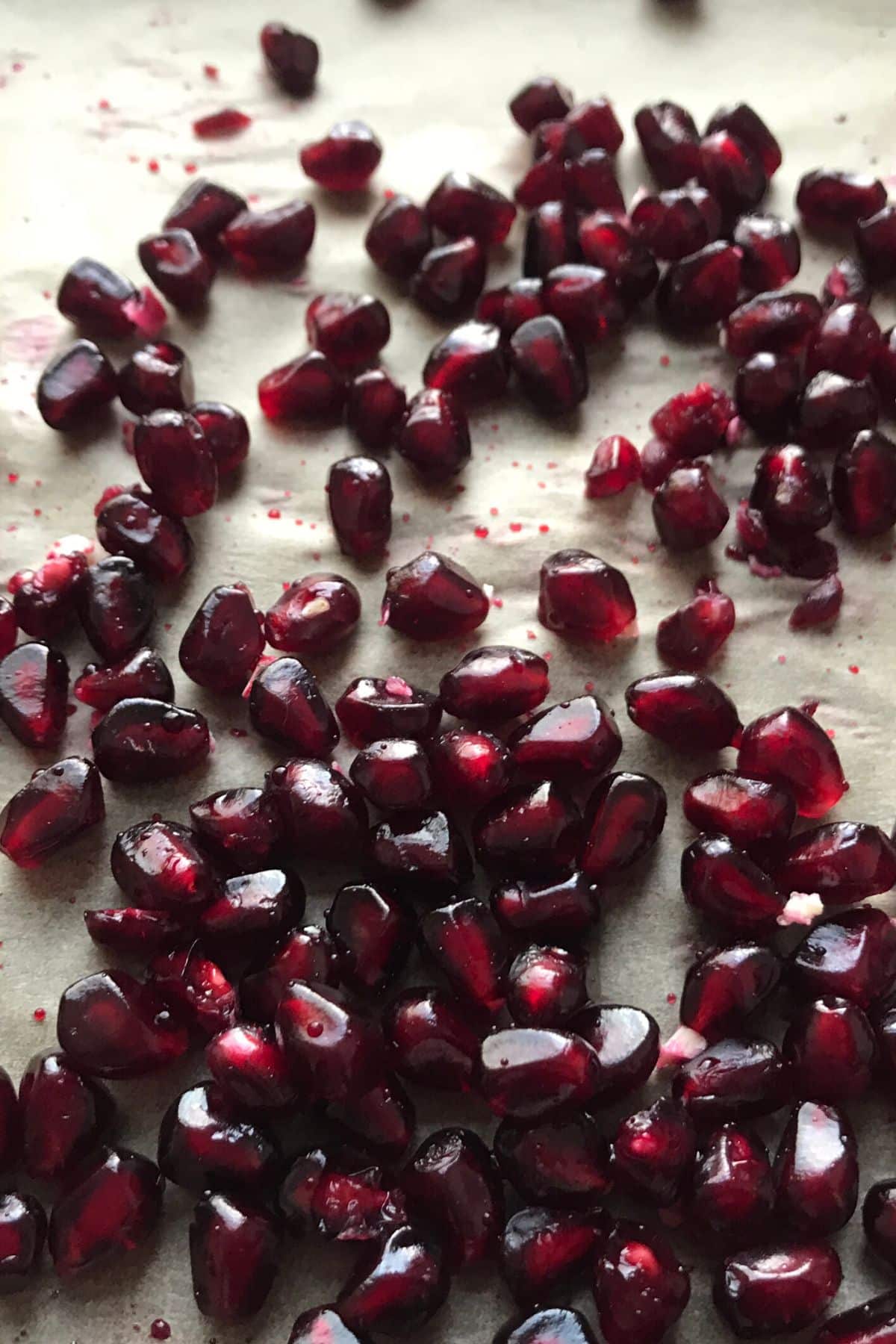
Don’t Miss These Helpful Freezer Guides
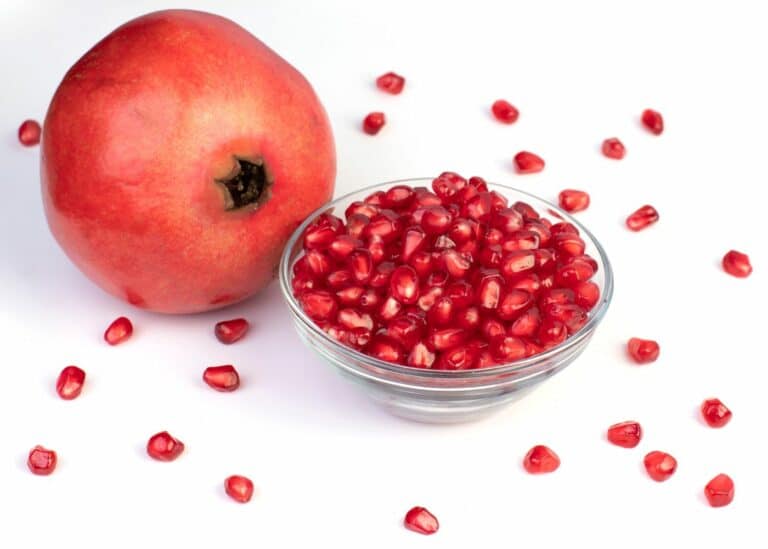
How to Freeze Pomegranate Seeds
Here’s how to freeze pomegranate seeds so none goes to waste. Learn how to easily open, de-seed, and freeze fresh pomegranate seeds. Use them later in smoothies, salads, or drinks.
- Total Time: 2 hours 22 minutes
- Yield: 12 1x
Ingredients
- 4 fresh pomegranates
Instructions
- Cover your kitchen counter with an old kitchen cloth to protect it from pomegranate juice stains. Roll the pomegranate around on the countertop with the flat of your hand to loosen the seeds.
- Use a cutting board and a sharp knife to cut off the top or crown of the pomegranate.
- Score the fruit down either side and gently rip it in half, so you don’t damage any seeds. Cut it if it’s too difficult to tear, but watch out for the seeds.
- Fill a bowl with cold water. Place the pomegranate halves in the water and let them soak for 2 minutes. You’ll notice white bits called pith floating up to the surface.
- Turn each half over and give it a few firm whacks with the back of a spoon to dislodge the seeds. Scoop the pith off the top of the water and take the seeds out of the water.
- Next, dry the pomegranate seeds thoroughly with paper towels or a clean kitchen cloth.
- Line a baking tray with the wax paper or parchment paper and place the seeds in a single layer, ensuring they don’t touch.
- Freeze the pomegranate seeds for at least 2 hours, or up to 24 hours. Gather the seeds and place them in a freezer-friendly bag, ensuring you let out as much air as possible.
- Store the frozen pomegranate seeds in the freezer for up to 4 months.
Notes
- When you’re ready to use your frozen pomegranate seeds, they should defrost pretty quickly. Or, use them from frozen in smoothies, sorbets, and juices.
- One pomegranate will yield between 1 ½ – 2 cups of seeds, depending on the size of the fruit.
- Prep Time: 20 minutes
- Freezing Time: 2 hours
- Category: Snack
- Method: Freezer
- Cuisine: American
- Diet: Vegetarian
Nutrition
- Serving Size:
- Calories: 78
- Sugar: 12.8 g
- Sodium: 2.8 mg
- Fat: 1.1 g
- Saturated Fat: 0.1 g
- Carbohydrates: 17.6 g
- Fiber: 3.8 g
- Protein: 1.6 g
- Cholesterol: 0 mg
Don’t forget to join my newsletter list to get exclusive clean eating recipes and tips. The newsletter is 100% free with no spam; unsubscribe anytime.


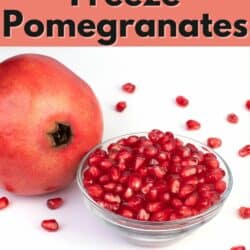
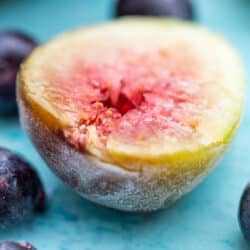
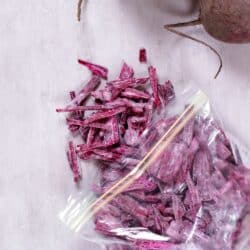

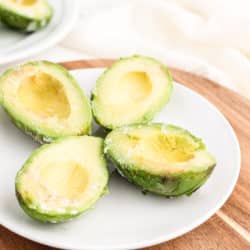





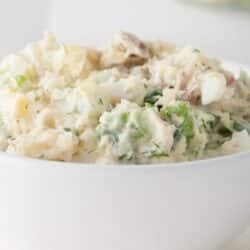



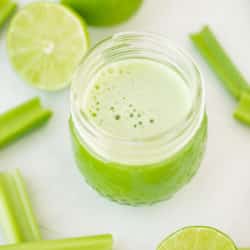






This has been so helpful
01-08-23: re: instructions for freezing pomegranate seeds: your on line instruction guide was easy to follow, user friendly, encouraging to yield cook success with this process, & motivated nee-bees to try this. Your instructions made a believer out of me to try & I shall, with the optimism for it’s recipe success! Thank you for encouraging better health through clean eating.
Sincerely: j.m.u. h
Awwwww so glad you found the guide helpful! Keep up the good work Jean!
I love doing this for using in smoothies later!